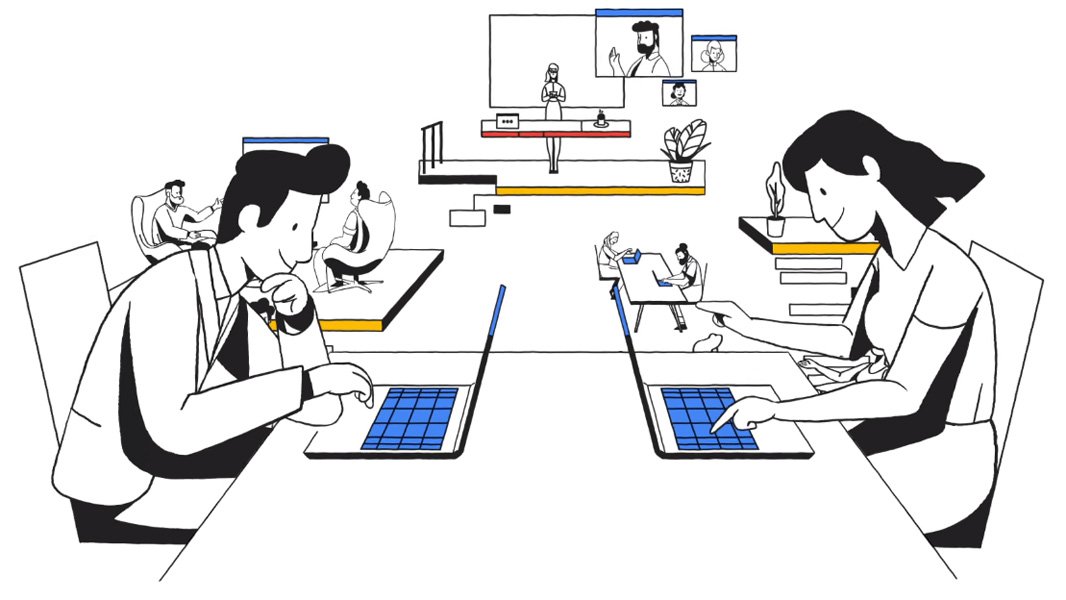Customer Notice Update: Email Advanced Threat Protection
 Given the demand and need to improve your protection from the devastating impact of ransomware, crypto attacks, and other forms of cyber attacks we are extending the Advanced Threat Protection Priority Opt-in discount period through March, 2020. We understand that adding a service, even a critical service, impacts your budget and costs. Our Priority Opt-In discounts, and other measures (see below), intend to minimize the impact.
Given the demand and need to improve your protection from the devastating impact of ransomware, crypto attacks, and other forms of cyber attacks we are extending the Advanced Threat Protection Priority Opt-in discount period through March, 2020. We understand that adding a service, even a critical service, impacts your budget and costs. Our Priority Opt-In discounts, and other measures (see below), intend to minimize the impact.
Email Advanced Threat Protection (ATP) and Multi-factor authentication (MFA) are necessary, baseline services for protecting your business.
Beginning April 1, 2020, we require Advanced Threat Protection for all of our customers’ email service, unless you specifically opt out. Opting out is appropriate if you already have an advanced threat protection service in place.
If you opt out, the cost of our data recovery efforts will not be covered under our unlimited support plans (See our Support Services SLA). When we add ATP to your service, we will discuss with you when we can add MFA.
We will mitigate the cost.
We are sensitive to your budget.
- ATP requires a technical setup and typically incurs a setup fee along with the monthly or annual subscription.
- We are discounting both the setup and subscription fees for all customers. For customers requesting Priority Opt-In, we will waive the ATP related setup fees completely.
- MFA implementation is covered by our support plans as an administrative change. If you do not have on of our support plans, we will provide an affordable, discounted quote for the project.
- For customers without an unlimited support plan and/or those that choose to Opt-Out, we will discount our hourly fees for recovery work.
For more information on specific discounts and pricing, and to let us know if you want to Opt-In, to have Priority Opt-In, or to Opt-Out, please visit this web page and complete the form.
We realize that this is a significant change for most of our customers. We also understand the importance of these protections. Please contact us with questions or concerns
Thank you for being part of our community,
Allen Falcon
CEO & Pragmatic Evangelist


 In multiple blog posts over the past 2+ years, we have covered the changing and growing nature of threats to your organization, systems, and people. G Suite security offers
In multiple blog posts over the past 2+ years, we have covered the changing and growing nature of threats to your organization, systems, and people. G Suite security offers 
 Everyday, we hear about new ways we can use our smart speakers. Retailers, radio stations, product companies, and others remind us that we can use our Amazon Echo or Google Home to buy, listen, or learn. The term “smart speaker”, however, is misleading. These are microphones and they are always listening. They are also likely recording everything they hear.
Everyday, we hear about new ways we can use our smart speakers. Retailers, radio stations, product companies, and others remind us that we can use our Amazon Echo or Google Home to buy, listen, or learn. The term “smart speaker”, however, is misleading. These are microphones and they are always listening. They are also likely recording everything they hear. For Small and Midsize Enterprises (SMEs), the regulatory landscape remains in a perpetual state of flux with changes originating at the Federal, state, and local levels. While some rules and regulations can severely impact your business’ operations, and profitability, many create requirements that you can easily satisfy at a nominal cost.
For Small and Midsize Enterprises (SMEs), the regulatory landscape remains in a perpetual state of flux with changes originating at the Federal, state, and local levels. While some rules and regulations can severely impact your business’ operations, and profitability, many create requirements that you can easily satisfy at a nominal cost.
